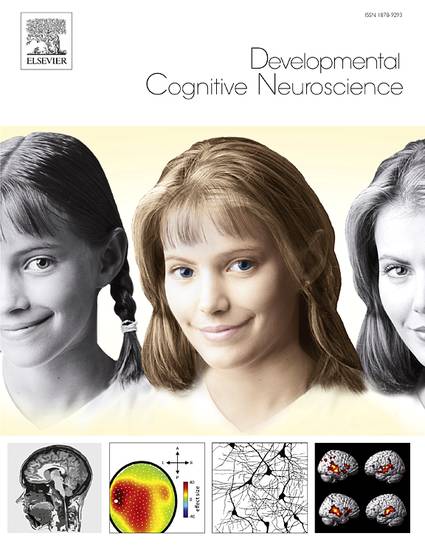
Article
Neural correlates of face processing in etiologically-distinct 12-month-old infants at high-risk of autism spectrum disorder
Developmental Cognitive Neuroscience
(2017)
Abstract
Neural correlates of face processing were examined in 12-month-olds at high-risk for autism spectrum disorder (ASD), including 21 siblings of children with ASD (ASIBs) and 15 infants with fragile X syndrome (FXS), as well as 21 low-risk (LR) controls. Event-related potentials were recorded to familiar and novel face and toy stimuli. All infants demonstrated greater N290 amplitude to faces than toys. At the Nc component, LR infants showed greater amplitude to novel stimuli than to their mother’s face and own toy, whereas infants with FXS showed the opposite pattern of responses and ASIBs did not differentiate based on familiarity. These results reflect developing face specialization across high- and low-risk infants and reveal neural patterns that distinguish between groups at high-risk for ASD.
Keywords
- Event-related potentialsInfancyFace processingAutism spectrum disorders
Disciplines
Publication Date
March 16, 2017
DOI
10.1016/j.dcn.2017.03.002
Citation Information
Margaret W Guy, John E. Richards, Bridgette L Tonnsen and Jane E Roberts. "Neural correlates of face processing in etiologically-distinct 12-month-old infants at high-risk of autism spectrum disorder" Developmental Cognitive Neuroscience (2017) Available at: http://works.bepress.com/margaret-guy/1/
